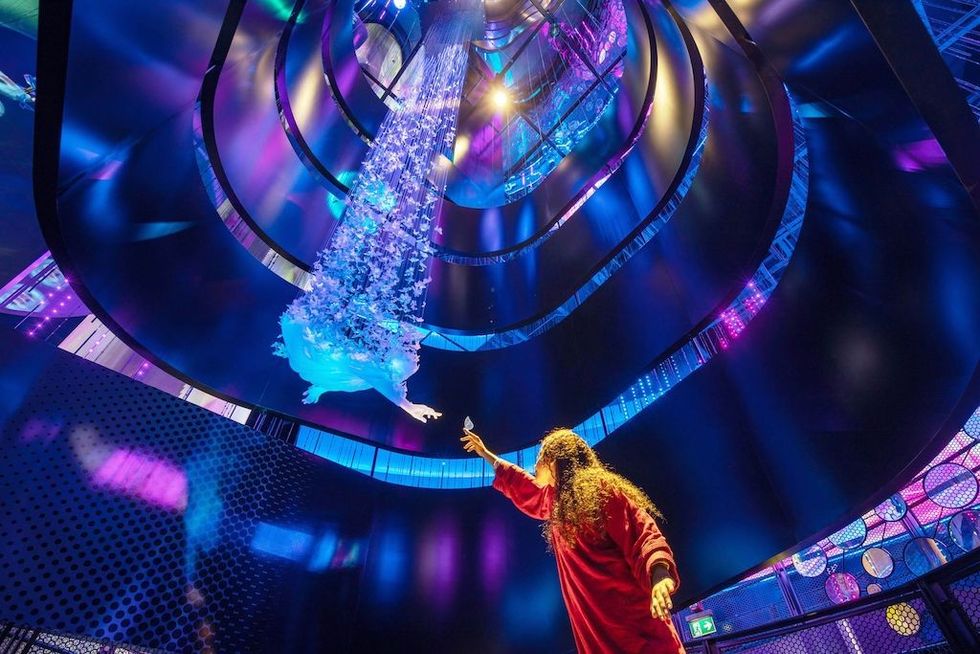Birch Aquarium at Scripps Institution of Oceanography at UC San Diego is the public exploration centre for Scripps Oceanography, located in La Jolla, California.
It operates as both a public aquarium and a research outreach facility, showcasing marine life and ocean science. The aquarium features exhibits on marine ecosystems, conservation programmes, and educational initiatives closely tied to the research conducted by scientists at Scripps.
Harry Helling has served as the executive director of Birch Aquarium at Scripps since 2015. During his tenure, he has launched several major exhibits and adopted a new mission: to connect understanding to protecting our ocean planet, shaping an ambitious future for the aquarium.
In conversation with blooloop, Helling reflects on the aquarium’s evolution and tells us more about the newly opened Adam R. Scripps Living Seas Gallery. He shares insights on balancing entertainment with cutting-edge science, redefining conservation in partnership with world-class researchers, and embracing the role of aquariums as trusted voices in climate communication.
From the innovative Living Seas installation to species reintroduction programmes and immersive guest experiences, Helling presents a vision for aquariums as cultural hubs, community centres, and champions of ocean optimism.
Birch Aquarium at Scripps
Birch Aquarium is part of one of the world’s most renowned oceanographic institutions, serving as its outreach centre.
“Our mission is to connect understanding to protecting our ocean planet, and we do that in many different ways,” says Helling.
It is a long-standing organisation, having been in existence for more than a century.
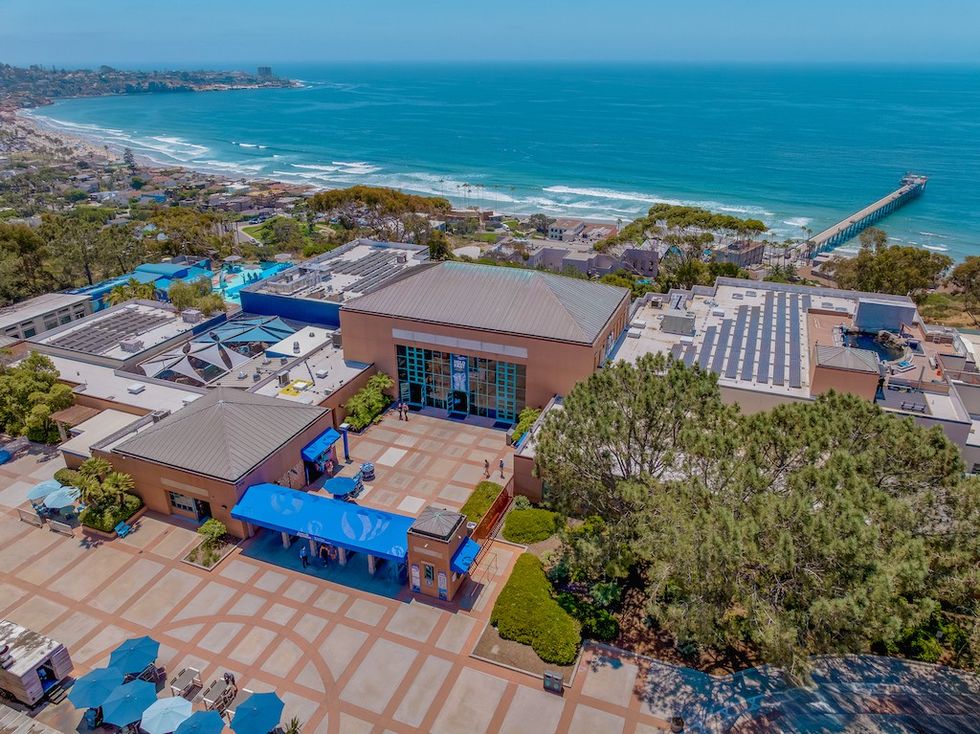
“We began with the simple task of communicating emerging science from one scientist, and now we represent the work of over 1,000 scientists conducting research around the globe.
“We’re small by aquarium standards, but we’re located within an 80-acre, top-tier oceanographic research centre, which makes us quite different from most aquariums in the world.”
Its numbers are also impressive for a university aquarium: more than 550,000 annual guests, 42,000 K–12 students, just under 10,000 animals, and more than 200 in protected classes.
The public face of Scripps Institution of Oceanography
Helling celebrates a decade at the helm this October. Reflecting on some of the biggest challenges the aquarium has faced over the past ten years, he notes that certain issues are common across much of the industry, including recovery from COVID-19 and high employee living costs.
“What’s perhaps more interesting, and different for us, is the challenge of managing a public aquarium within a research university.”
That brings its own hurdles, such as navigating bureaucracy, and sometimes not being able to control its destiny the way NGOs or private entities can.
“But it also brings surprises. Working here gives us almost unlimited access to an extraordinary environment, an ecosystem of ideas, and generations of empowered young scientists who want to engage with the community and create change."
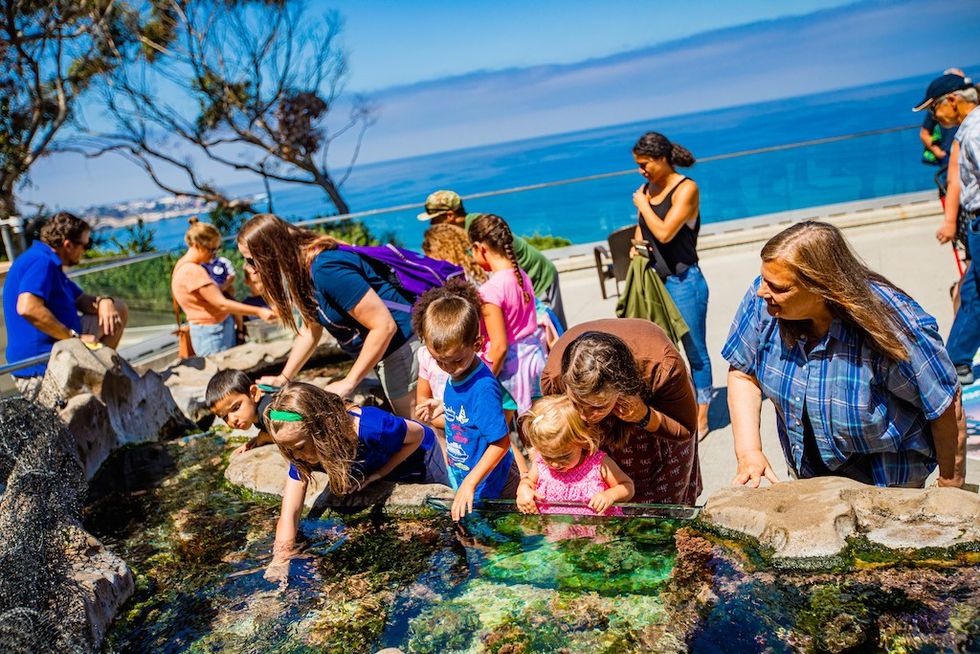
“Our university students, and this is a very competitive place to get into, are amazing. They make up half our staff, and surprise us daily with their capabilities, creativity, and desire to make a difference.”
Another challenge unique to Birch Aquarium is being immersed in a world-class ocean research institution, with over 1,000 scientists producing around 780 peer-reviewed papers each year.
“That’s a lot of new knowledge. For an outreach centre whose mission is to connect people to emerging discoveries, keeping pace can be daunting. The surprise is how much better we’ve become at doing it, not just in volume, but in how we take people right to the edge of discovery.”
Ultimately, being surrounded by a constant flow of curiosity and discovery permeates the aquarium's culture. “We live in it, as fish live in water. It shapes our ideas and work. For Birch Aquarium, challenges and surprises have always been two sides of the coin."
Where entertainment meets science
Helling explains that the balance between public entertainment and science has been a defining aspect of Birch Aquarium’s journey, as it strives to rebalance the equation to meet visitors’ evolving needs.
“For Birch Aquarium, I’d say we’ve broken free from the old, science-heavy didactic style; lots of photos of celebrated scientists, too much complex text, and more graphs and charts than a textbook. You won’t see that anymore in our facility.
“We recognise now that our guests often see Birch Aquarium as an entertainment platform. They come to enjoy panoramic ocean views, spend time with family and friends, watch marine animals of all kinds, and maybe learn a few things along the way.”
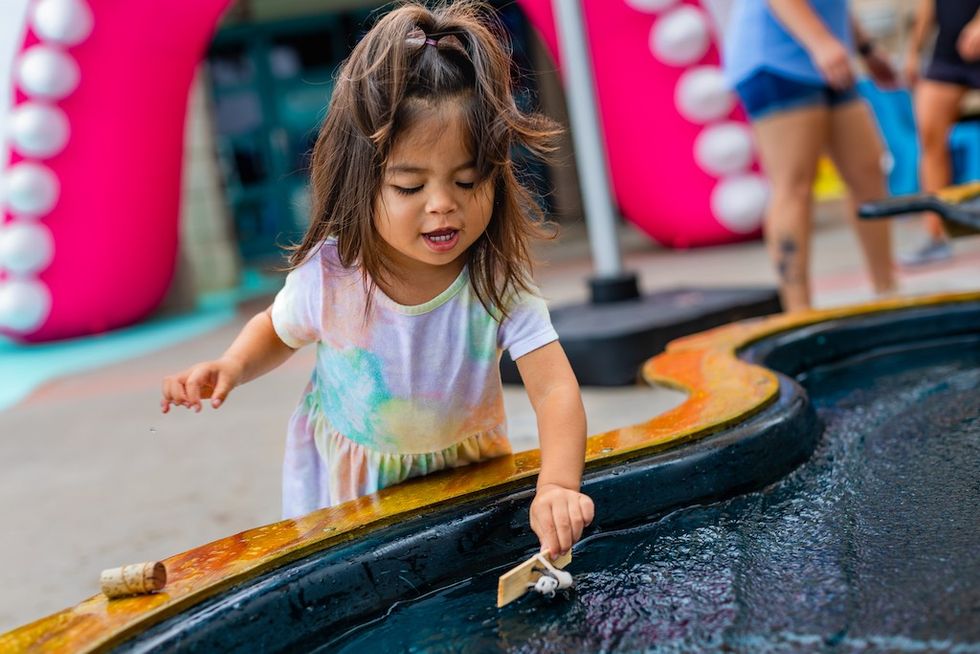
As a result, the aquarium has rethought its approach:
“We lead with entertainment, but we layer in cutting-edge science through innovative approaches.
“We’ve expanded our exploration at the intersection of art, science, and technology as a way to draw people into scientific ideas. We’ve put real thought into layering in interactivity. Our well-trained instructors and facilitators engage visitors physically in learning, giving them the chance to experience science the way our researchers do.
“We create immersive spaces and open-ended discovery, so we’re not talking at or down to people, but inviting them to explore.”
Play is also a central element:
“Our director of exhibits is formally trained in play and has woven it into all our programmes. For us, entertainment is now an entry point, allowing us to layer in complex science and give our guests the freedom to go as deep as they want."
Conservation at Birch Aquarium
Like most in the industry, Birch Aquarium is working to redefine the role of a public aquarium in a changing world.
“At Birch Aquarium, we think about conservation across multiple categories, all operating at the same time,” says Helling.
One category is captive breeding of protected species, where the aquarium collaborates with organisations in the US and internationally.
“These programmes have been remarkably successful. For example, we’ve been raising a dozen species of seahorses and sharing them with aquariums around the world, virtually eliminating the need to collect them from the wild. We’ve done this with other animals as well.”
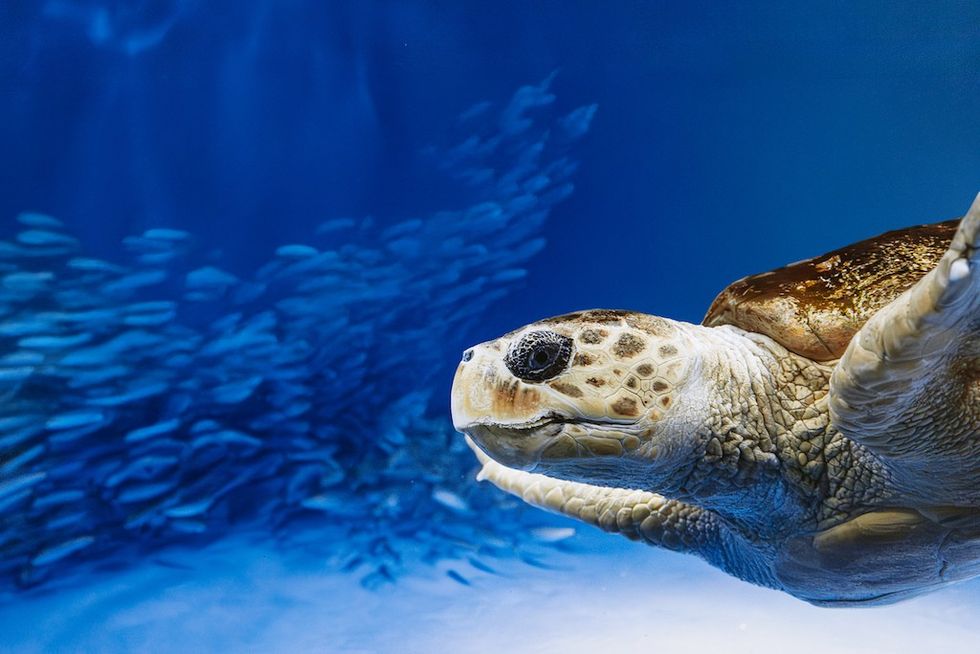
Captive breeding helps inform animal care in the field, supports our advisory work with the IUCN on levels of protection, and creates opportunities to engage policymakers and raise public awareness.
A conservation milestone
Another category is reintroduction programmes. Last month, over 350 Mountain Yellow-legged Frogs were reintroduced into the wild in Southern California’s San Bernardino Mountains, marking one of the largest releases to date and a significant step in efforts to save this endangered species. This is the aquarium’s first-ever species reintroduction and a historic moment in its growing conservation work.
Of the released frogs, 220 were raised behind the scenes at Birch Aquarium, while the rest were raised at San Diego Zoo Wildlife Alliance and UCLA.
"We’re also working with sunflower sea stars, which have become functionally extinct in the waters of California, Oregon, and Washington. We had five in captivity for decades, successfully bred them last year, and now have juveniles.
“Our goal is to expand breeding and reintroduce them, as they’re a keystone species for kelp forest ecology.”
The aquarium also serves as a sanctuary. “One example is our loggerhead turtle, rescued from an energy plant and unable to return to the wild. Under our care, she’s thriving and helping visitors connect with ocean conservation.”
A strong partnership
A less visible but important area is interrupting the illegal wildlife trade.
“Many people don’t realise the scale of ocean wildlife entering the US illegally, often destined for home aquariums. When these shipments are intercepted, the animals often end up in public aquariums like ours. We work with the industry to move toward more sustainable, captive-breeding programmes.”
Finally, due to Birch Aquarium’s close relationship with Scripps Institution of Oceanography, it supports a wide range of conservation science research, including studies on microplastics, microbiomes, pollution, acoustics, sea level rise, sensor and robotics testing, and more.
“We like to think of ourselves as less a 60,000-square-foot aquarium, and more an 80-acre oceanographic campus experience, connecting guests directly with the science that can help protect our ocean planet."
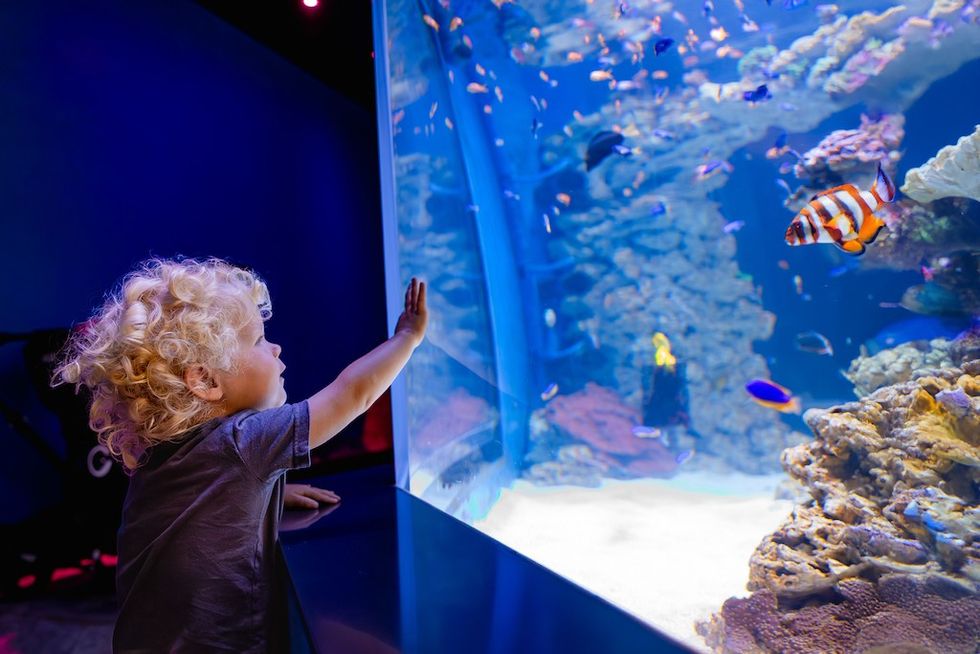
Helling shares a story that serves as a good example of the innovative approaches some aquariums are taking today:
“In our new Living Seas installation, one of our corals was recently made famous by an internationally published study. We worked with a scientist who discovered how to take that coral, create an extract, and turn it into a kind of ‘goo.’
“This was a partnership between the aquarium, the researcher, and the engineering department on our upper campus. When this goo is applied to damaged or dying reefs, they recover four times faster. It’s a perfect example of the kinds of conservation initiatives an aquarium so deeply connected to a research institution can develop."
Adam R. Scripps Living Seas Gallery at Birch Aquarium
With Living Seas, Birch Aquarium set out to create a new standard, not just for the guest experience, but also for the behind-the-scenes capacity to support more science and conservation.
“Internally, we called it raising the bar on both sides of the glass,” says Helling.
This meant shifting the focus from individual animals to entire habitats and ecosystems. “It required larger enclosures, better integrated technology and sensors, and more energy-efficient systems.
“As an oceanographic institution, we’re deeply aware of warming oceans and toxic algae blooms, so when we upgrade our systems, we design them to adapt to future conditions. That means more robust, resilient life-support systems, plus new safety measures for our husbandry team.
“Updating an existing system was complex. Anyone in the field will appreciate the challenge of modernising outdated life-support infrastructure.”
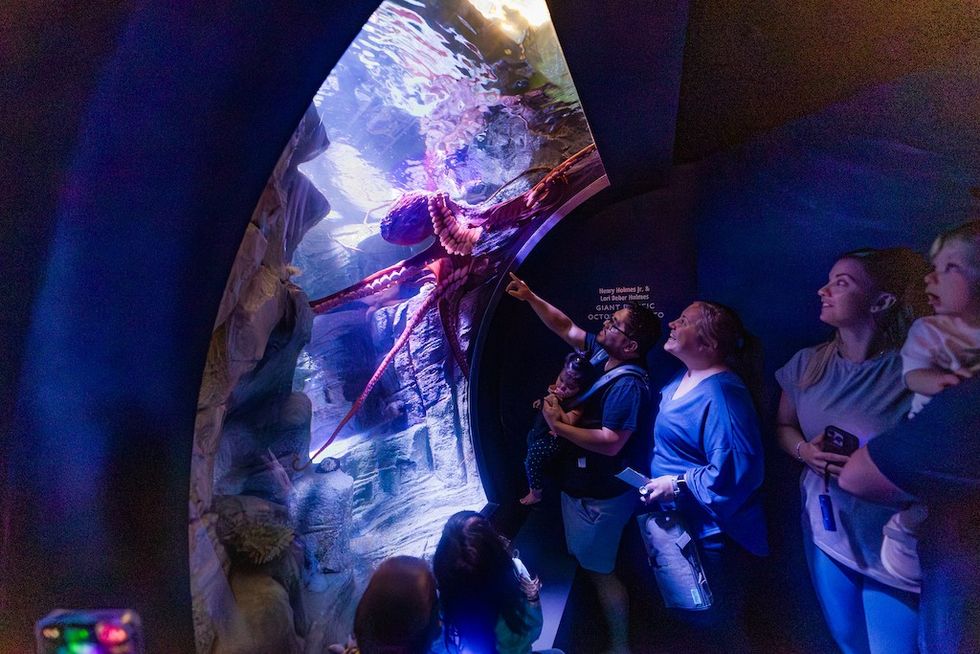
On the public side, the team examined learning and engagement techniques from aquariums, science centres, and zoos worldwide, then took them to the next level.
“We added digital text and graphics that can be updated instantly, incorporating new science and data as it’s published.”
Living Seas also introduced underwater acoustics, allowing visitors to experience the sounds of the ocean, even at night. “We built a nighttime mode for our ‘Oceans at Night’ programmes, answering the question: What happens in the ocean when the lights go out?
“We’ve invested in sophisticated AV projection systems to explore the intersection of art, science, and technology. We’ve also leaned into our ‘concierge-style’ approach to engagement, building in spaces and tools for rich, personal interactions between guests, staff, and volunteers.
“In many ways, we’ve packed so many new capabilities into Living Seas that it might take years to explore them fully, and that’s exactly what we wanted.”
A unique responsibility
The aquarium is now developing programmes that connect animal and human wellness and building a neurobiology exhibit that will use the new projection systems to explore how fish brains and nervous systems are changing.
"Our priority, built into this year’s strategic plan, is to fully exercise the potential of Living Seas. We want to put those new capabilities to work.
“We’re developing wellness programmes, including a Giant Pacific Octopus meditation programme. As part of our Indigenous Ocean Days, we’re creating a digital tour of Living Seas through the eyes of our local Native American community.
"We have many innovative approaches planned for using Living Seas in unexpected ways.”
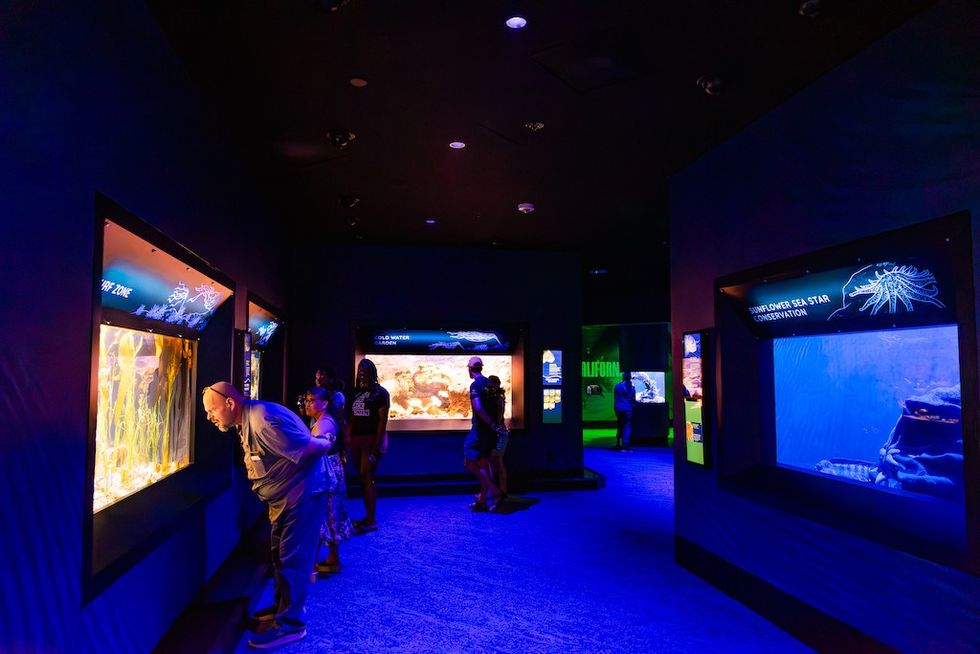
Looking ahead, Birch Aquarium faces a unique responsibility:
“Being embedded in a university—and in this moment in the US, with science and fact-based policy under pressure—means we have to rise to the occasion. There are university-wide campaigns underway to protect science and the future it supports, and that mission has become a priority for us, even beyond what we initially planned.
“It’s why we’ve built these facilities: to serve as a platform for the role science must play in society."
A new immersive exhibit debuting in 2026 will focus on the critically endangered mountain yellow-legged frog. “The exhibit will let guests virtually experience reintroducing an animal into its native habitat after local extinction.”
Also opening in 2026, Changing Minds will explore the changing nervous systems of fish in a changing ocean, utilising art, science, and technology.
“Through everything, our focus remains the same: connecting our visitors to the ocean, and connecting understanding to protecting our ocean planet."
Birch Aquarium & the future of public aquariums
Discussing how the role of public aquariums will change over the next decade, Helling says:
"We’re already seeing how their role is evolving, and it’s just the beginning. A stronger network is forming around conservation, with aquariums and agencies partnering to influence policy, enhance strategies for science and climate communication, and undertake large-scale conservation efforts together.
“Here in the US, the Association of Zoos and Aquariums is doing a great job bringing institutions together to form a united voice for conservation. The need for that work will only grow.”
For Birch Aquarium, as for many aquariums, the data indicates that it is a trusted source of information, particularly in the fields of science and climate.
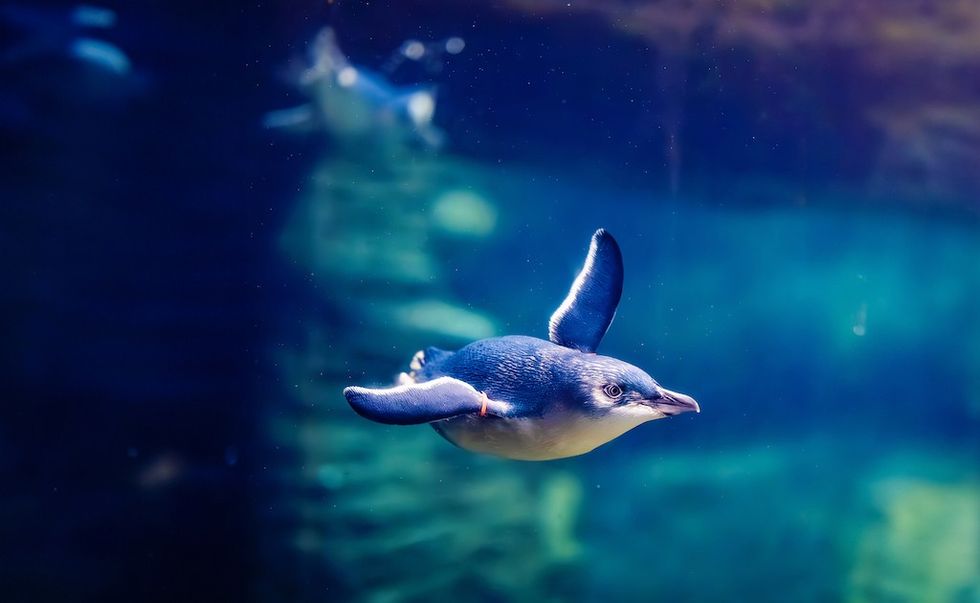
“That trust carries a big responsibility, perhaps the biggest in our history. In the coming years, we’ll need to grow as a safe space for connecting people to science and climate messaging. We’ve always played that role, but the moment demands that we strengthen it. I see many of our colleagues moving in the same direction.
“I also believe aquariums will continue to grow as cultural centres; places that foster a wider range of social interactions, deeper community engagement, and even serve as role models for NGOs. That includes providing a safe space for civil discourse, which goes beyond the entertainment of seeing animals or enjoying time with friends. This behind-the-scenes work is essential to substantiating our mission.
“Finally, I see an even stronger role for aquariums, zoos, and museums in supporting K–12 education, helping build the pipeline into STEM colleges and careers. That’s already part of our mission, and I don’t see that trajectory slowing. If anything, I expect it to steepen over the next 10 to 20 years."
A clear understanding of mission
Sharing his advice for emerging professionals in the zoo and aquarium sector who want to make a difference, he says:
"In today’s complex and changing world, aquariums and attractions have to be more than profit centres. The best organisations have a clear understanding of who they are and what they stand for—and today, that’s more important than ever.
“The strongest institutions support their staff, contribute back to society, and act as responsible environmental citizens. And here’s the key: you can do all of that and still be profitable.
“That is the starting point for any emerging leader who wants to guide their organisation toward real impact."
Top image: a young guest excited to see the Loggerhead Sea Turtle in Birch Aquarium’s Living Seas
Charlotte Coates is blooloop's editor. She is from Brighton, UK and previously worked as a librarian. She has a strong interest in arts, culture and information and graduated from the University of Sussex with a degree in English Literature. Charlotte can usually be found either with her head in a book or planning her next travel adventure.


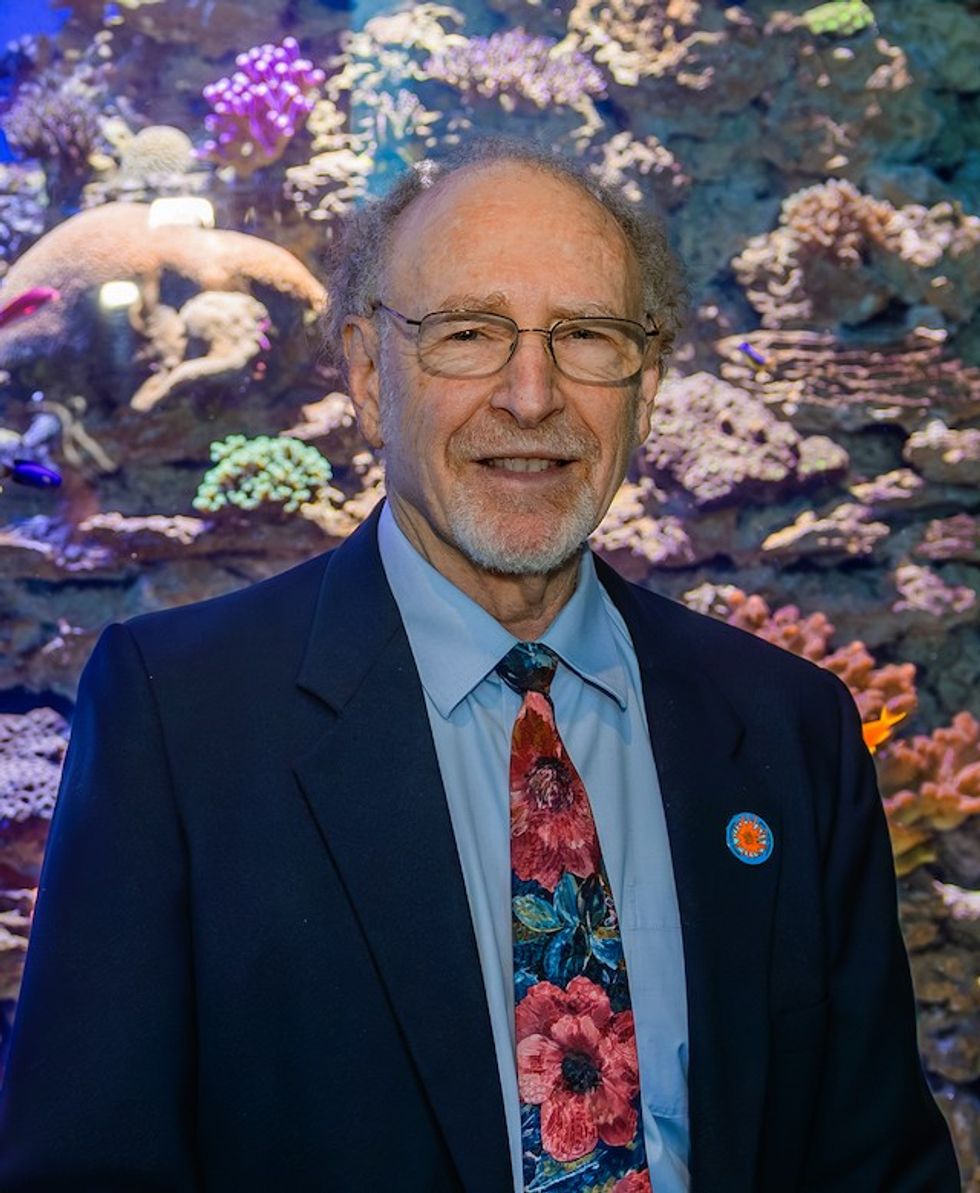
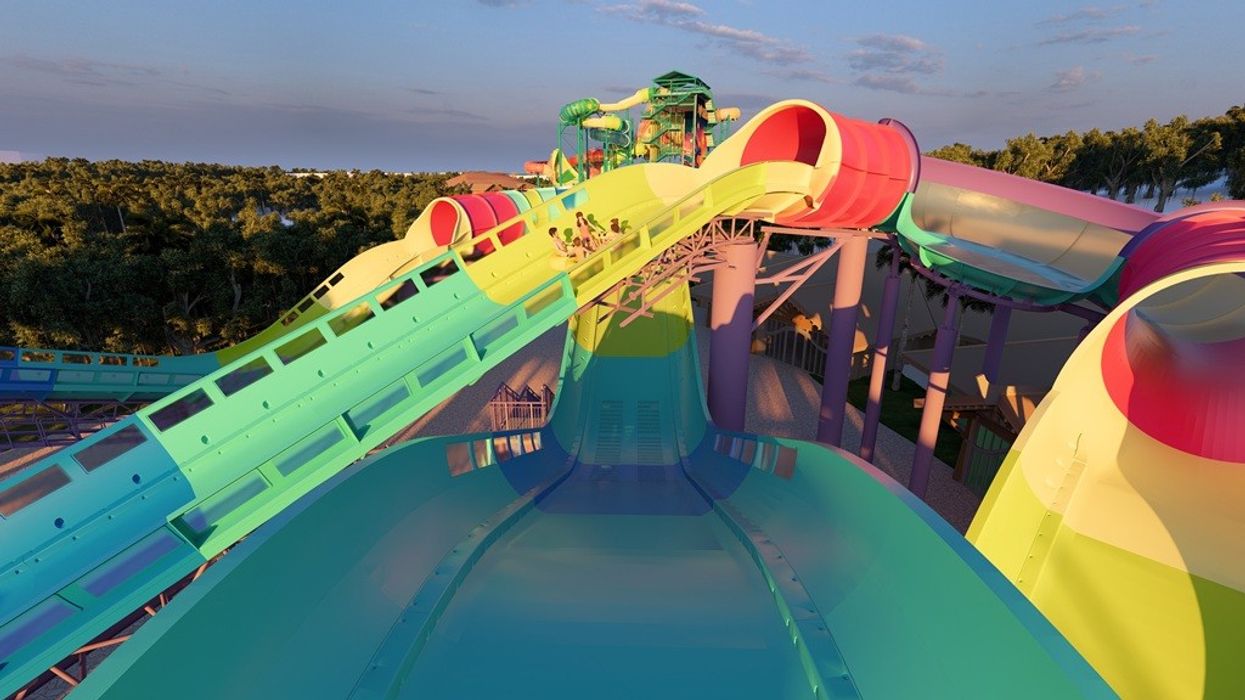

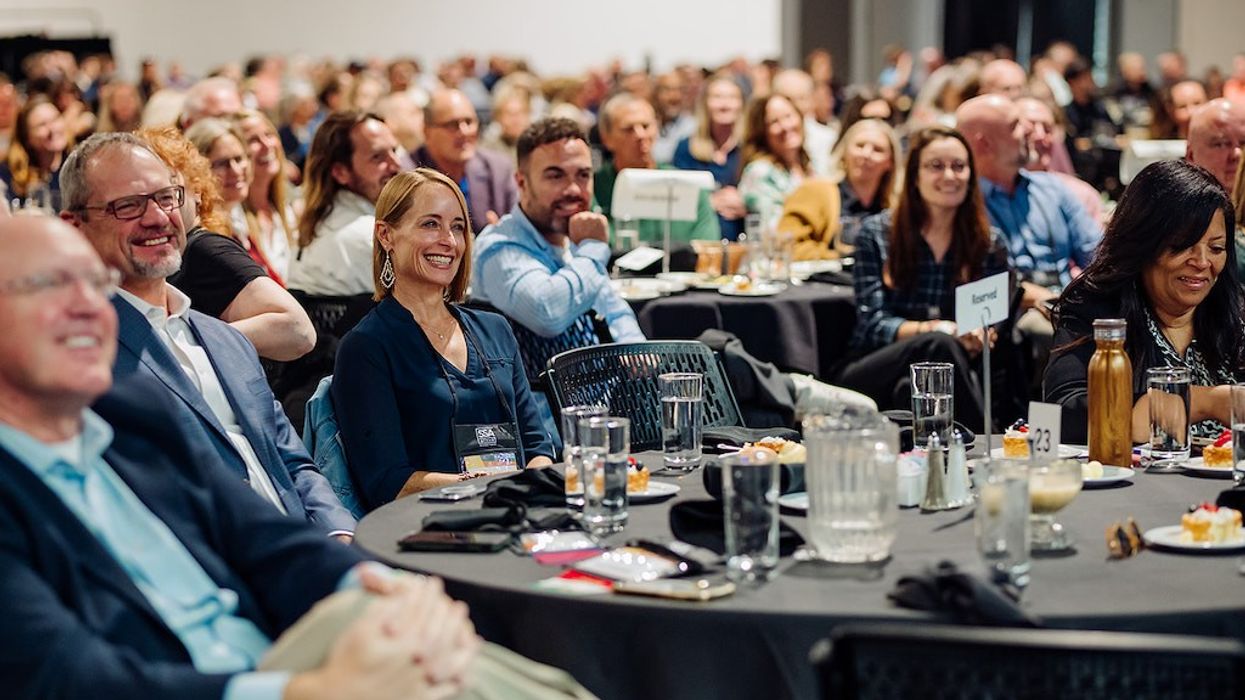
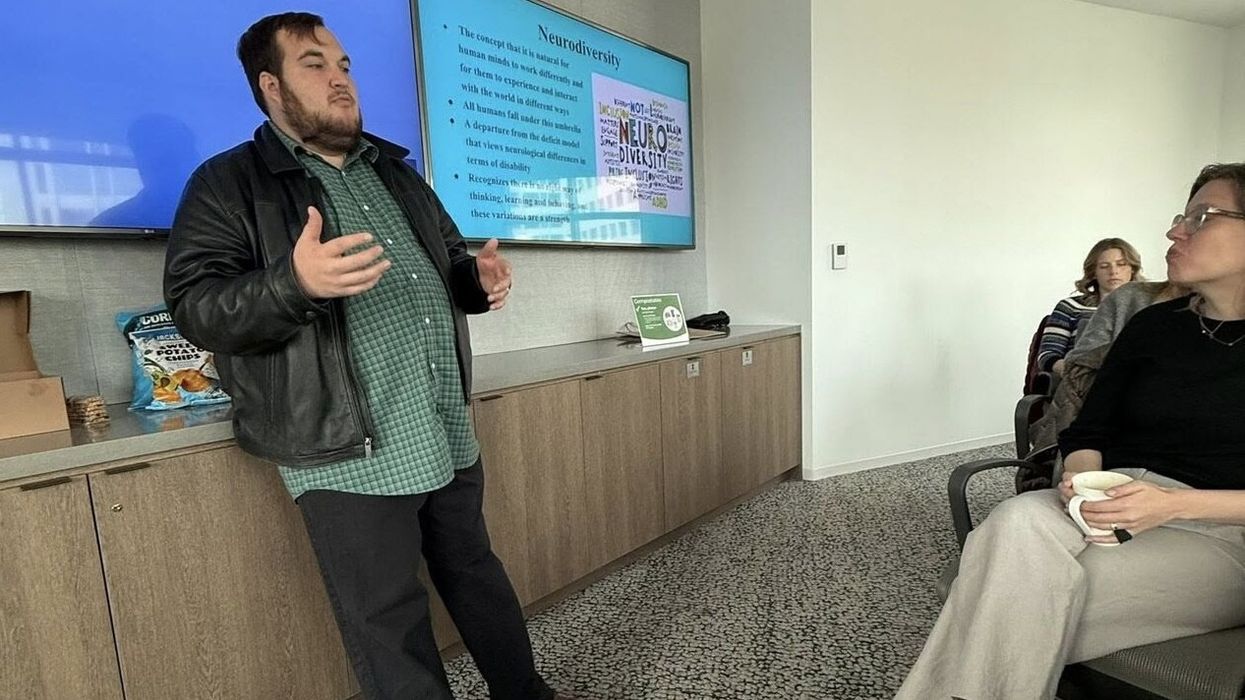
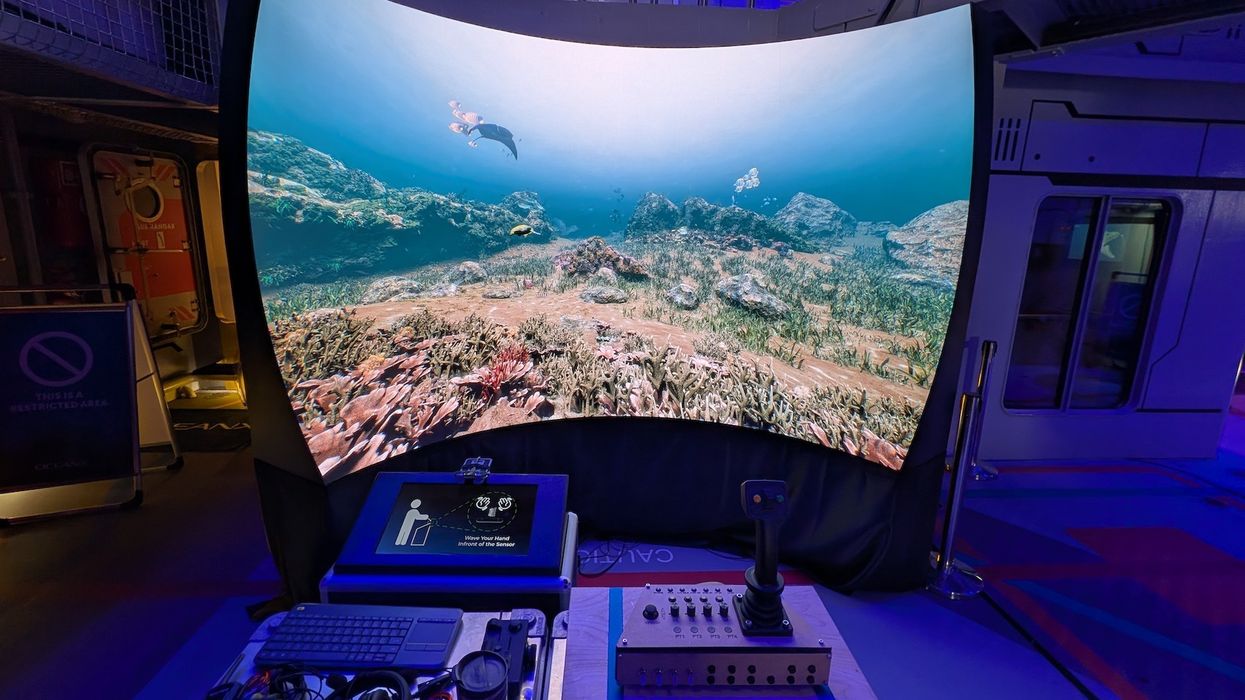
 TM Lim and Adam Wales
TM Lim and Adam Wales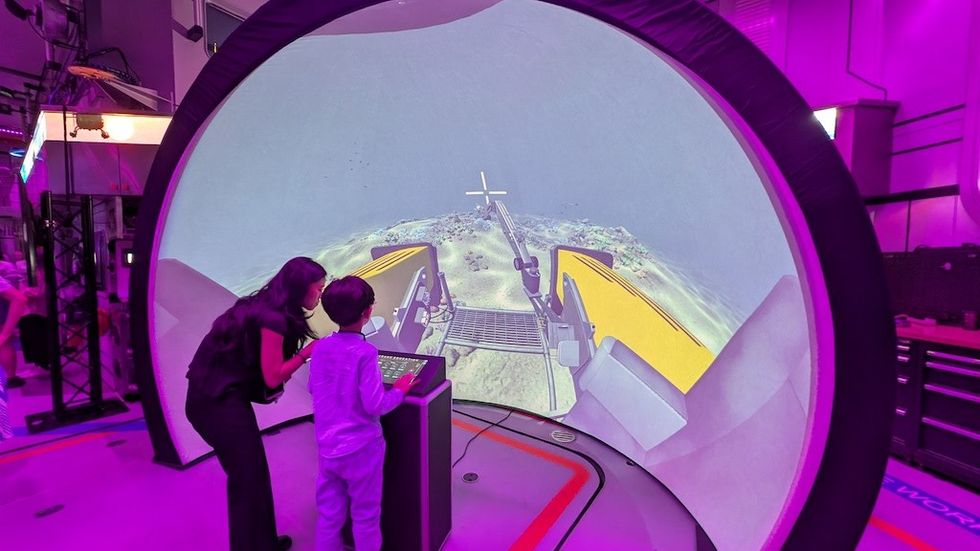
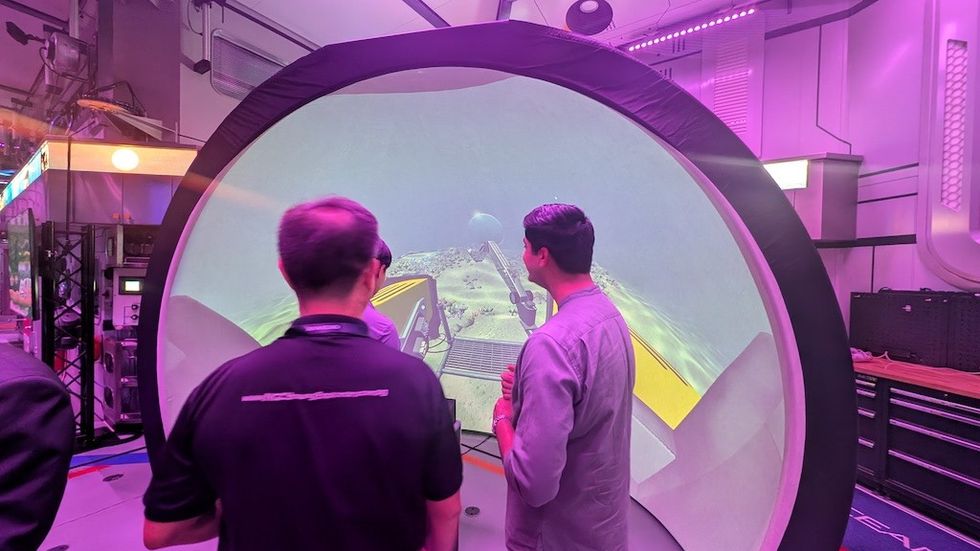
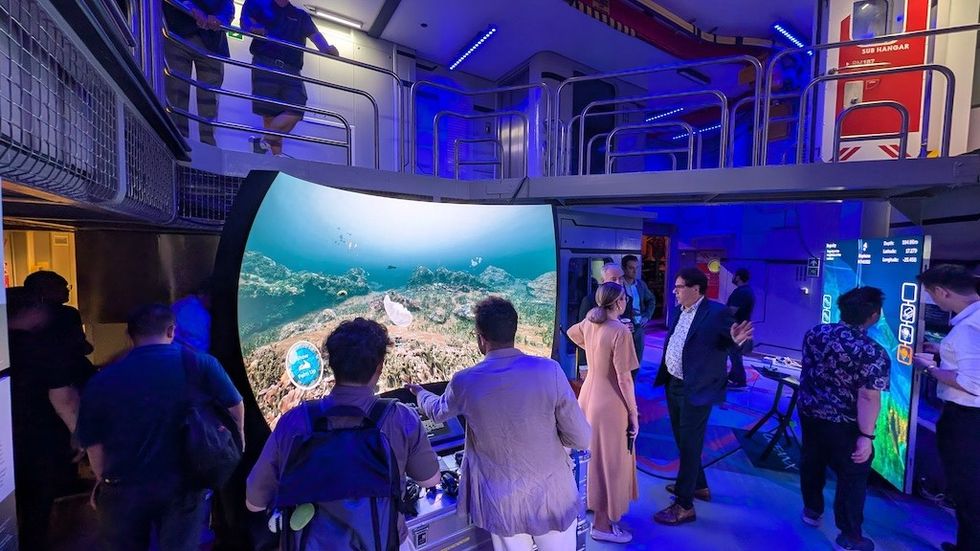
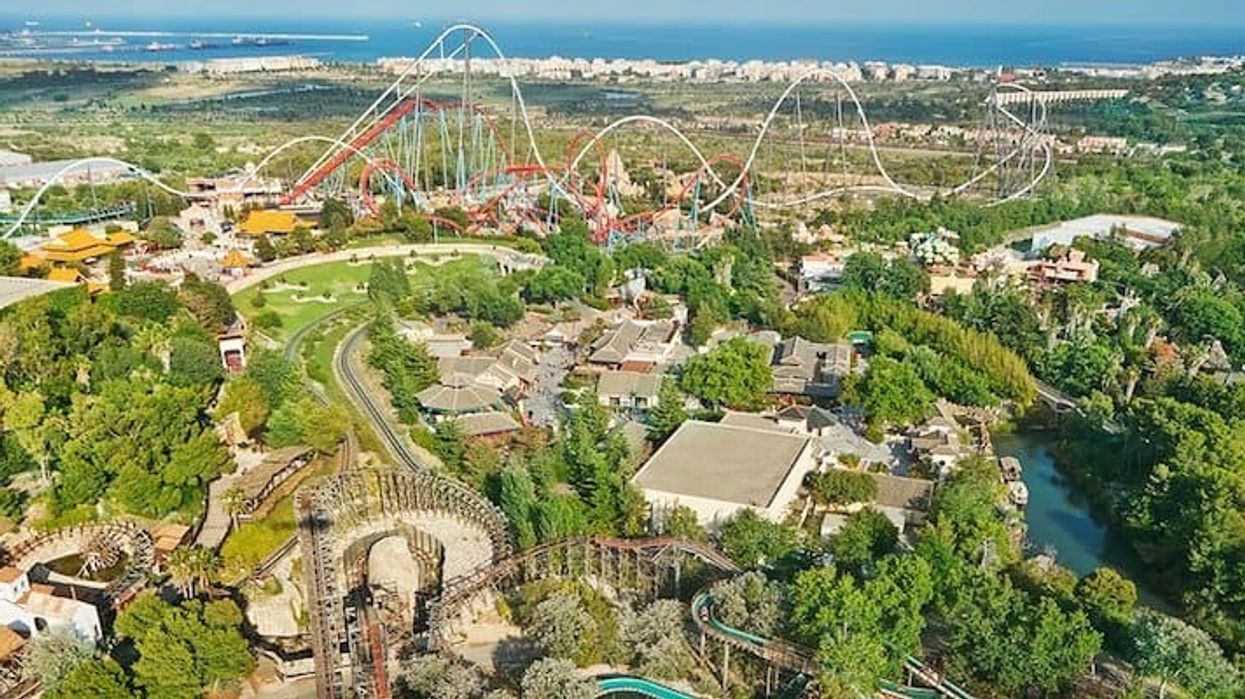
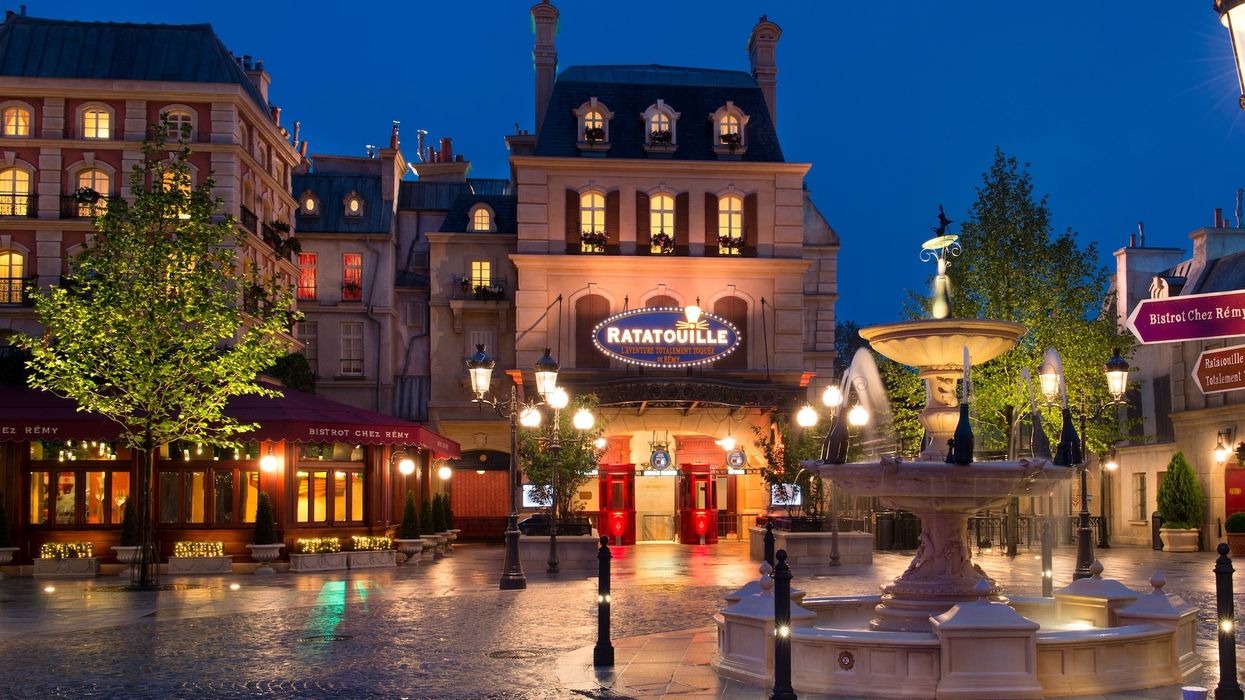

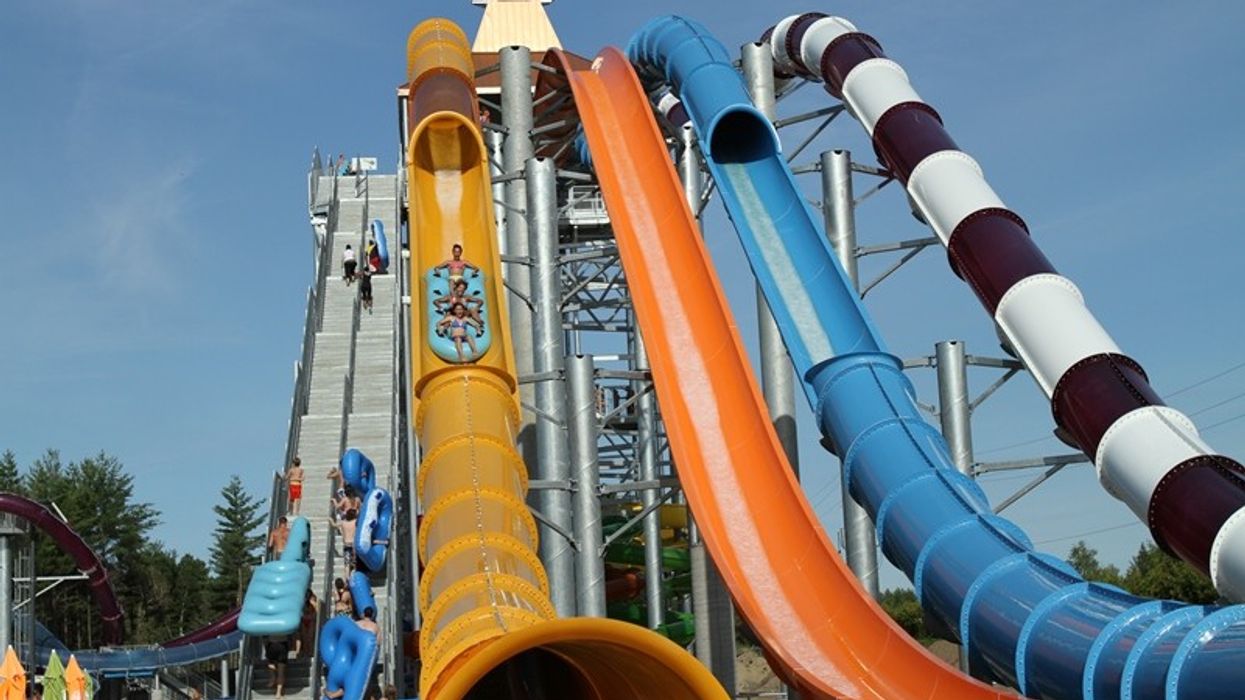
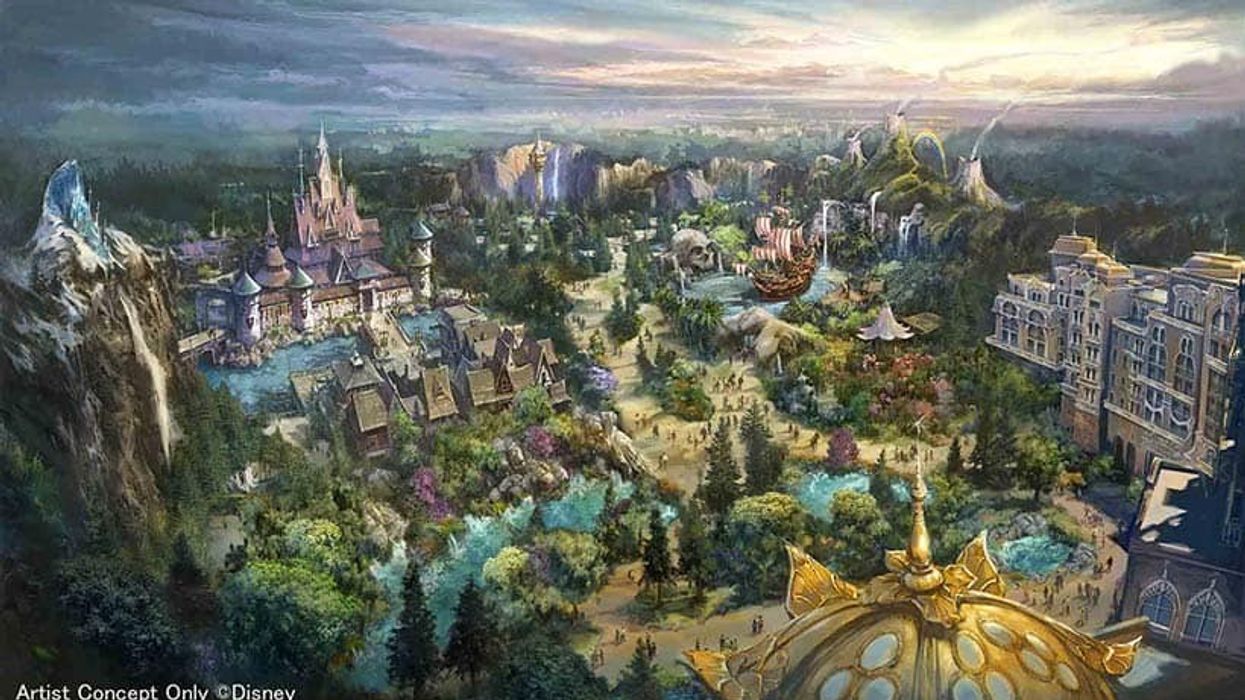
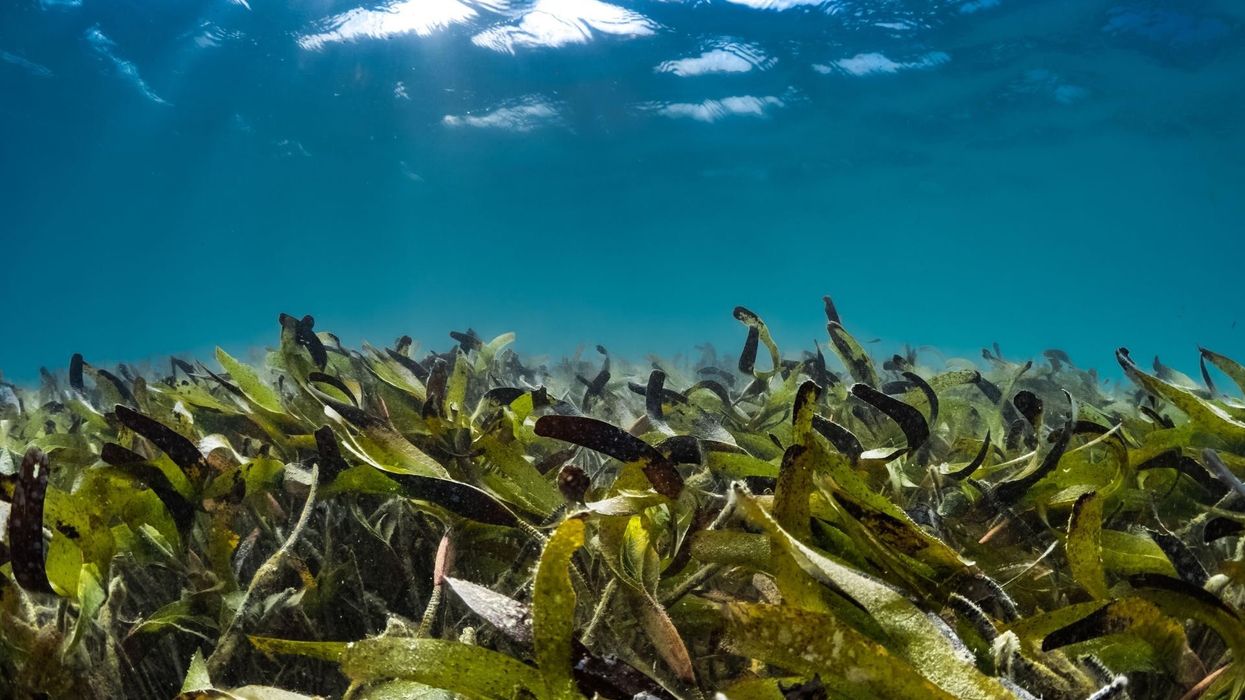
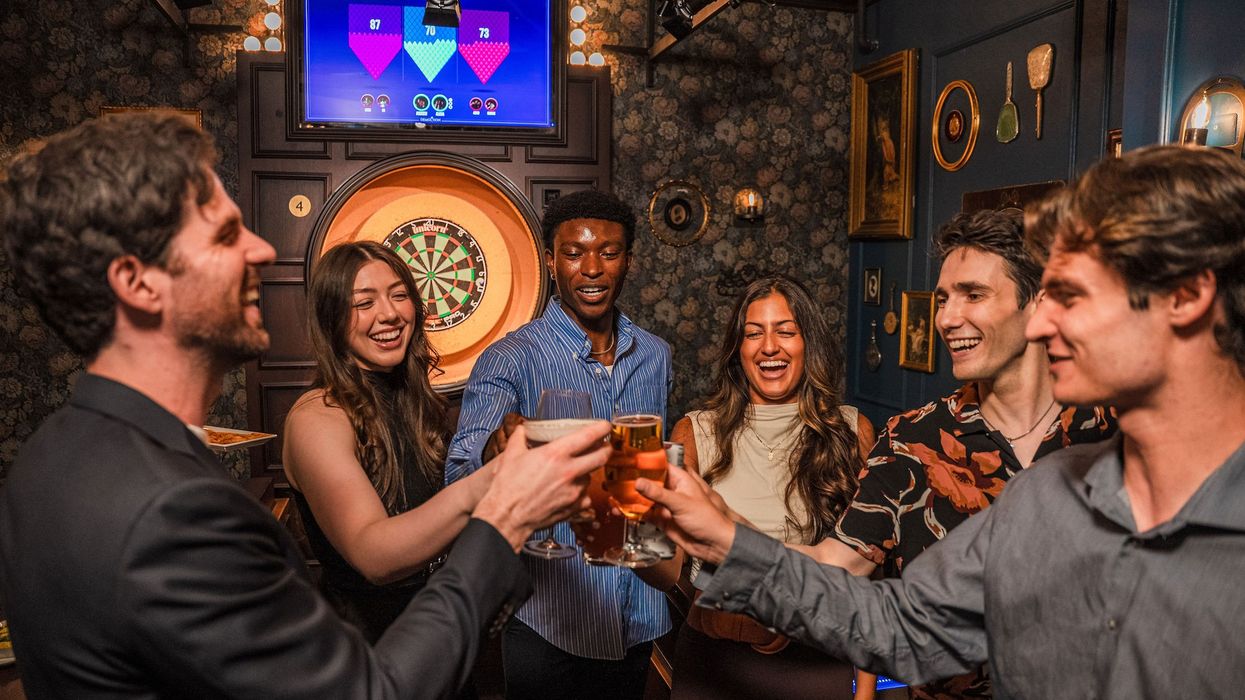
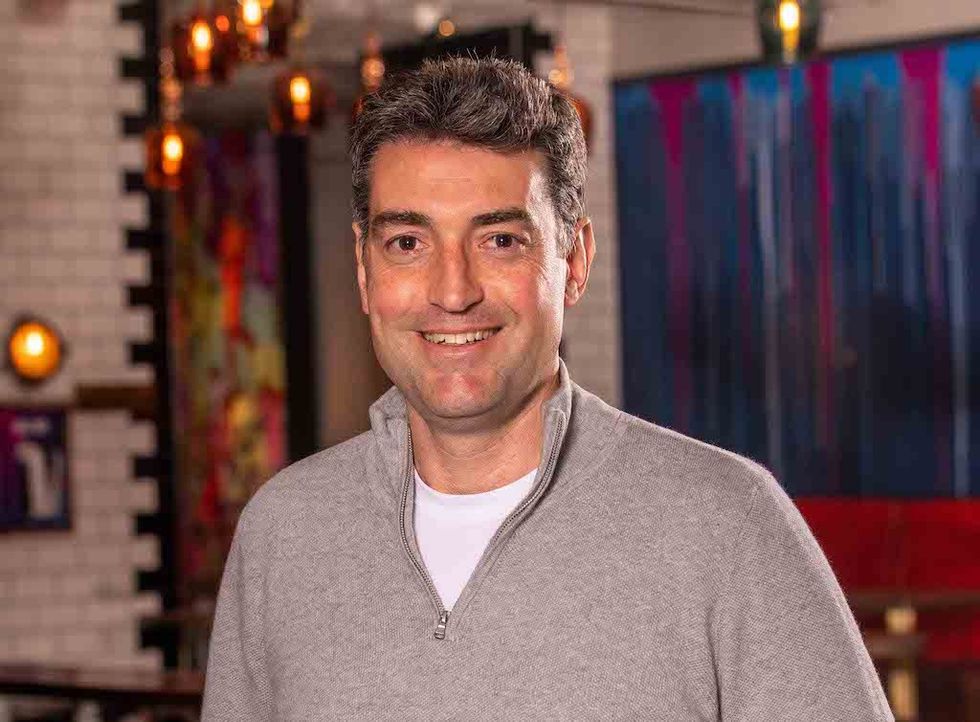 Toby Harris
Toby Harris Hijingo
Hijingo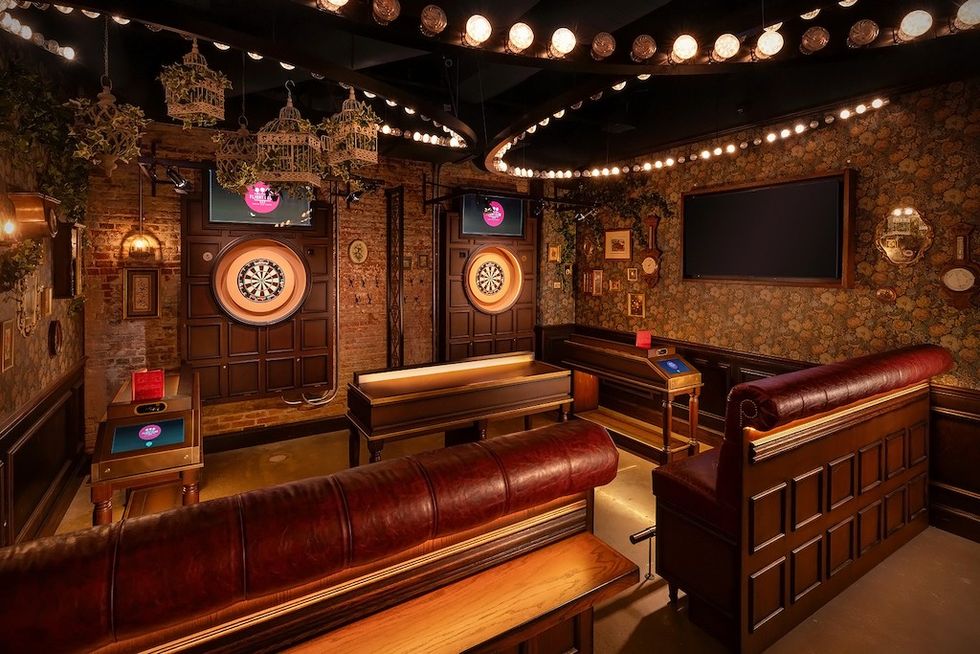 Flight Club, Washington D.C.
Flight Club, Washington D.C.
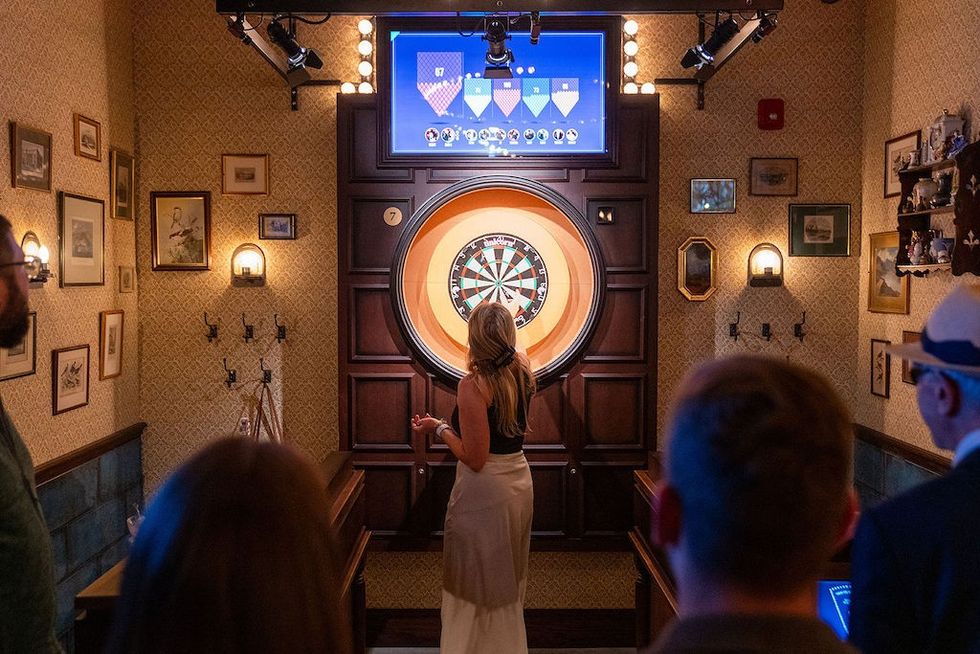 Flight Club Philadelphia
Flight Club Philadelphia Flight Club Philadelphia
Flight Club Philadelphia Bounce
Bounce Hijingo
Hijingo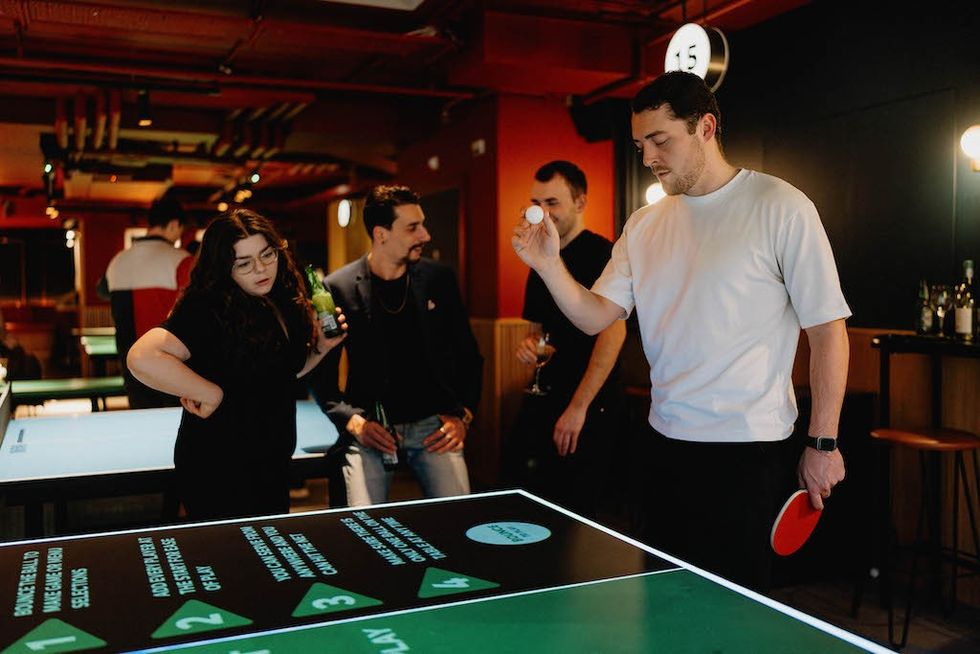 Bounce
Bounce
 Fernando Eiroa
Fernando Eiroa
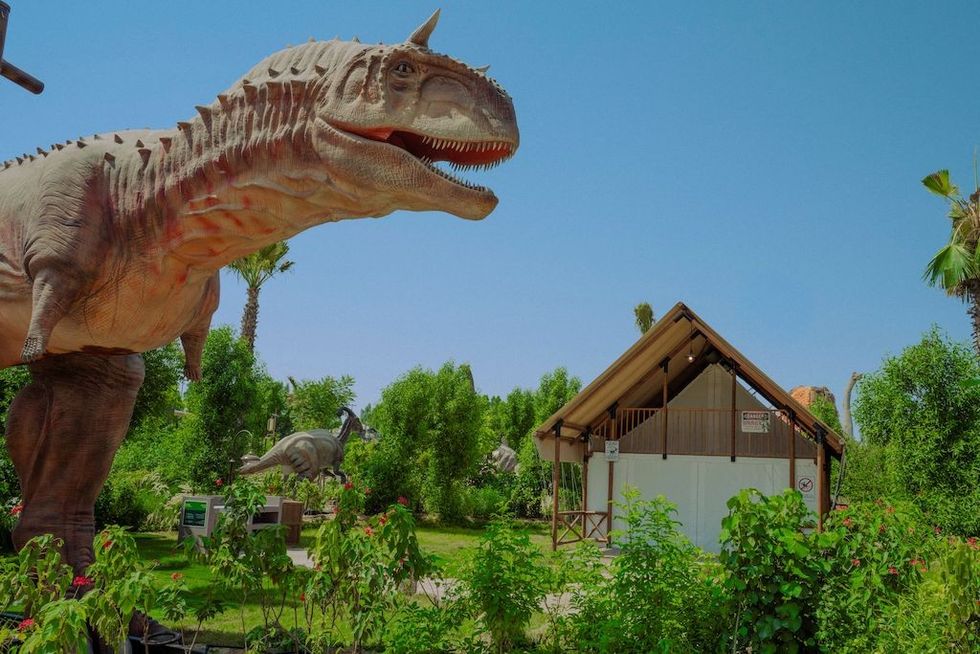

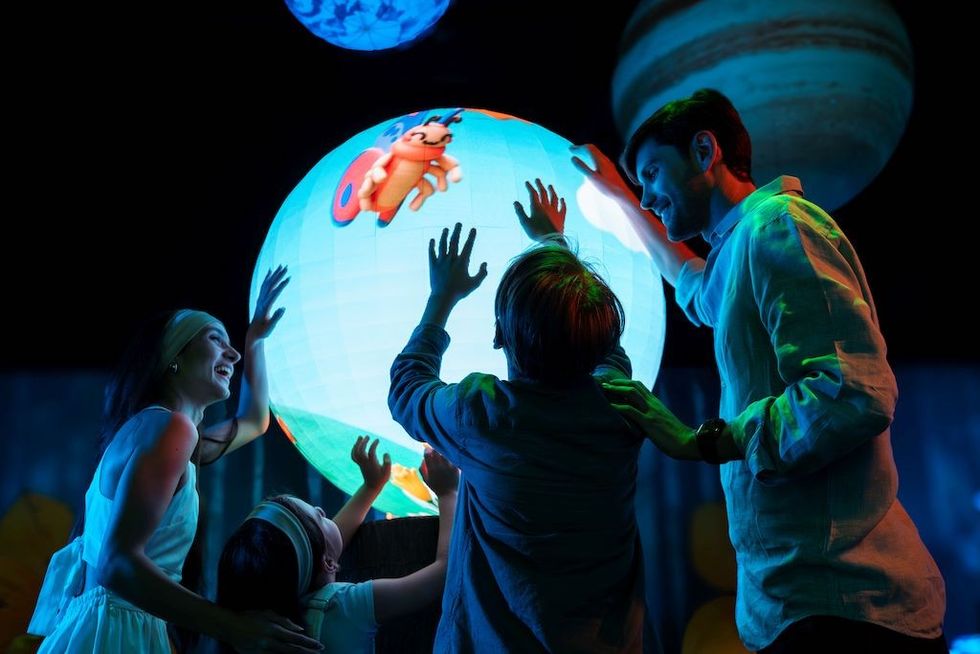





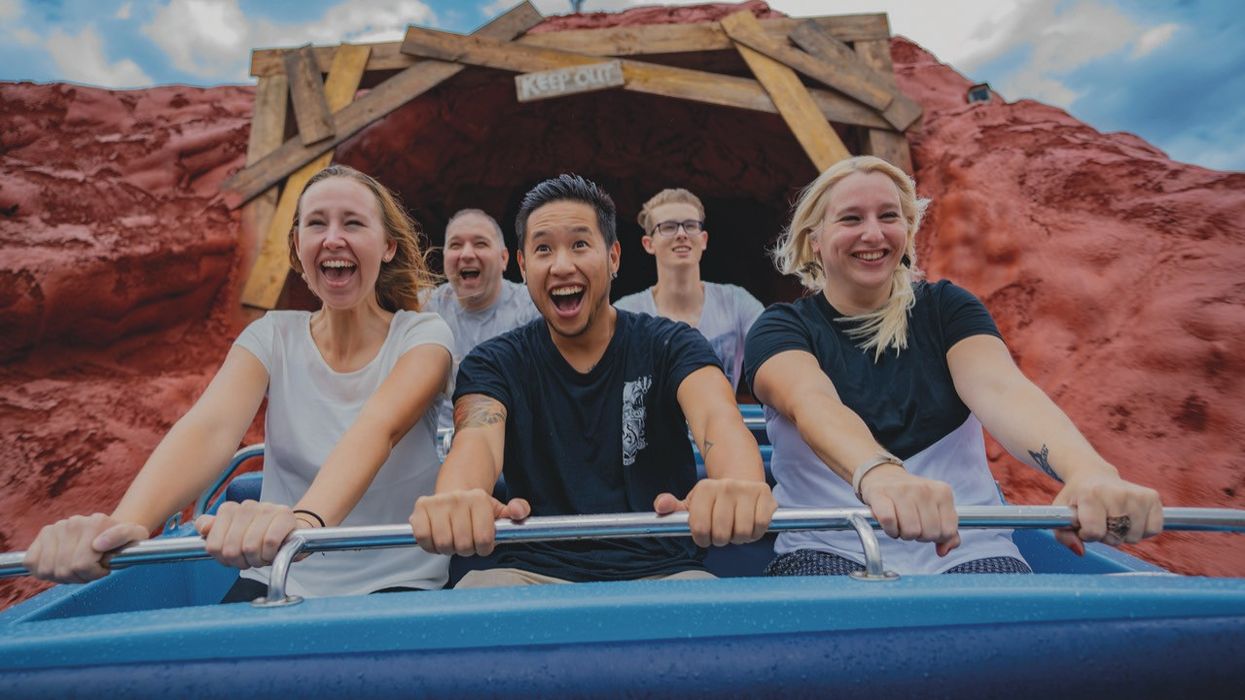

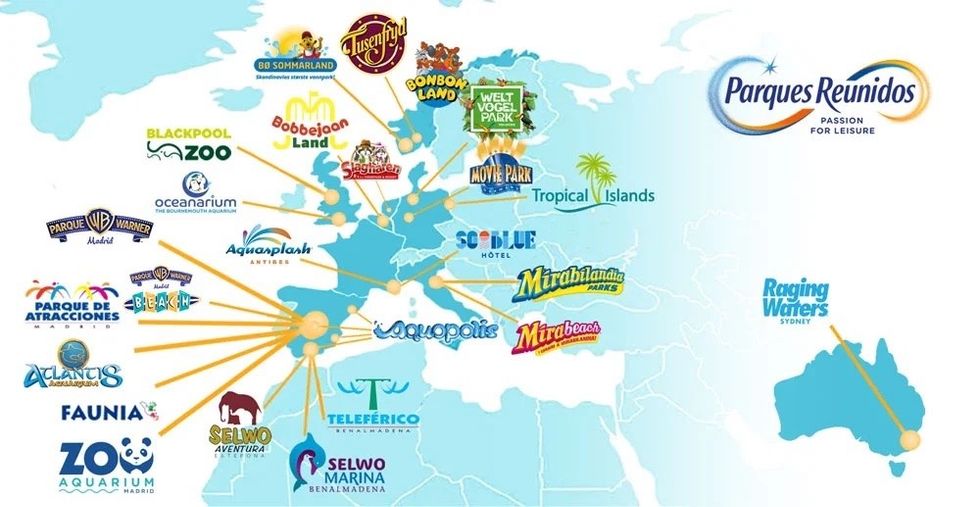
 Nickelodeon Land at Parque de Atracciones de Madrid
Nickelodeon Land at Parque de Atracciones de Madrid Raging Waters
Raging Waters  Mirabilandia's iSpeed coaster
Mirabilandia's iSpeed coaster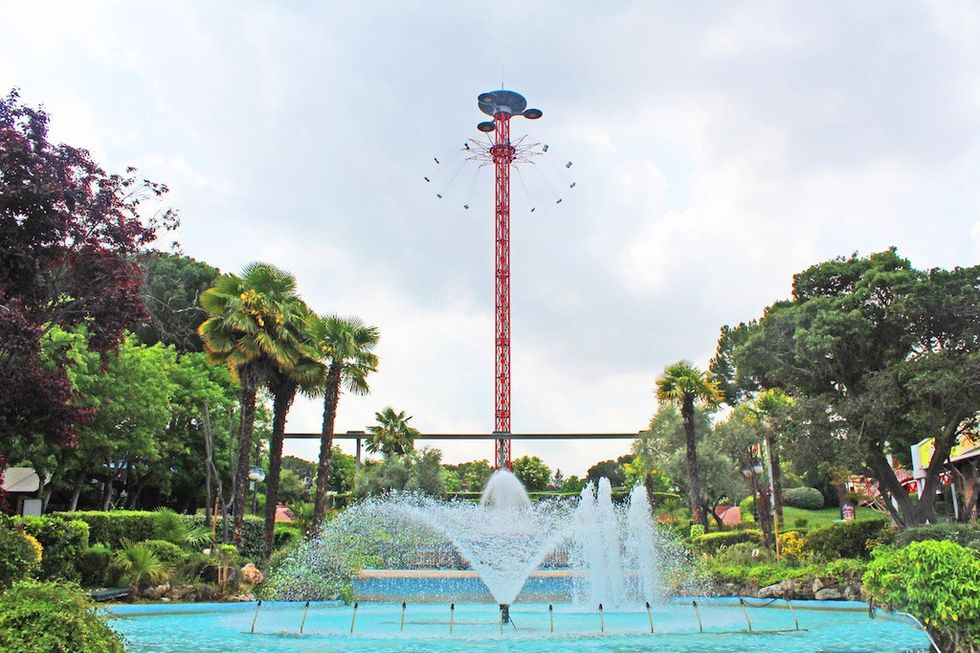 Parque de Atracciones de Madrid
Parque de Atracciones de Madrid Ferracci at the ribbon-cutting ceremony for Nickelodeon Land at Mirabilandia, with (left) Marie Marks, senior VP of global experiences for Paramount and (cutting the ribbon) Sabrina Mangina, GM at Mirabilandia
Ferracci at the ribbon-cutting ceremony for Nickelodeon Land at Mirabilandia, with (left) Marie Marks, senior VP of global experiences for Paramount and (cutting the ribbon) Sabrina Mangina, GM at Mirabilandia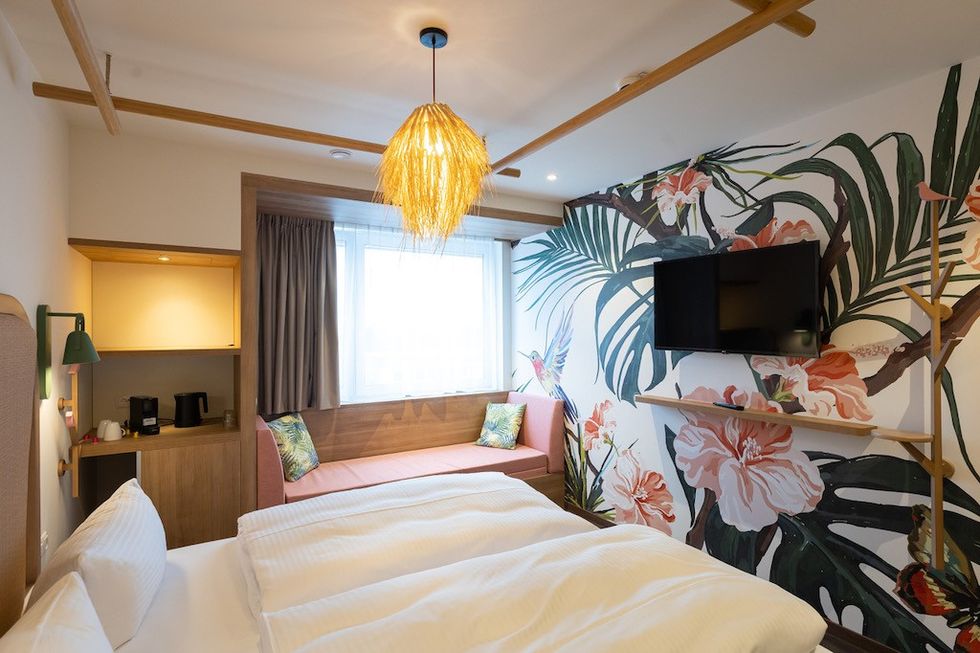 Tropical Islands OHANA hotel
Tropical Islands OHANA hotel Elephants at Blackpool Zoo
Elephants at Blackpool Zoo  Tusenfryd
Tusenfryd
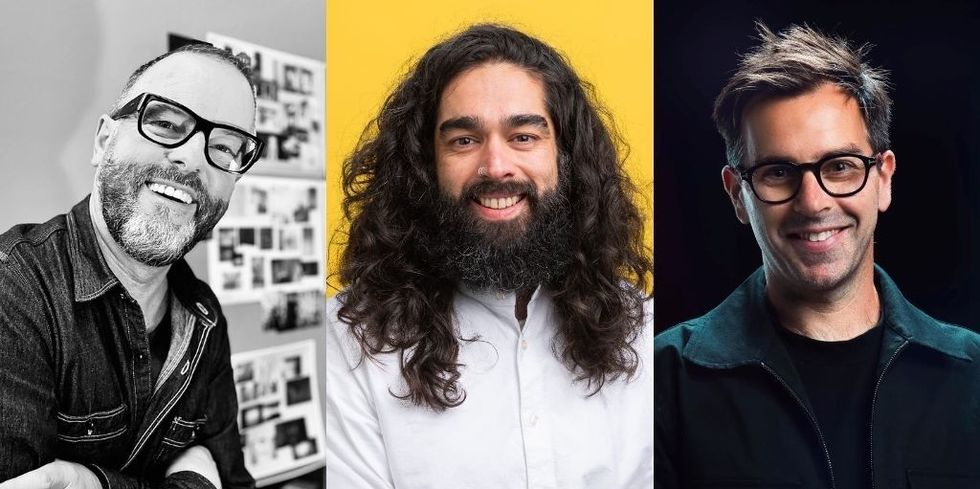 Andrew Thomas, Jason Aldous and Rik Athorne
Andrew Thomas, Jason Aldous and Rik Athorne

